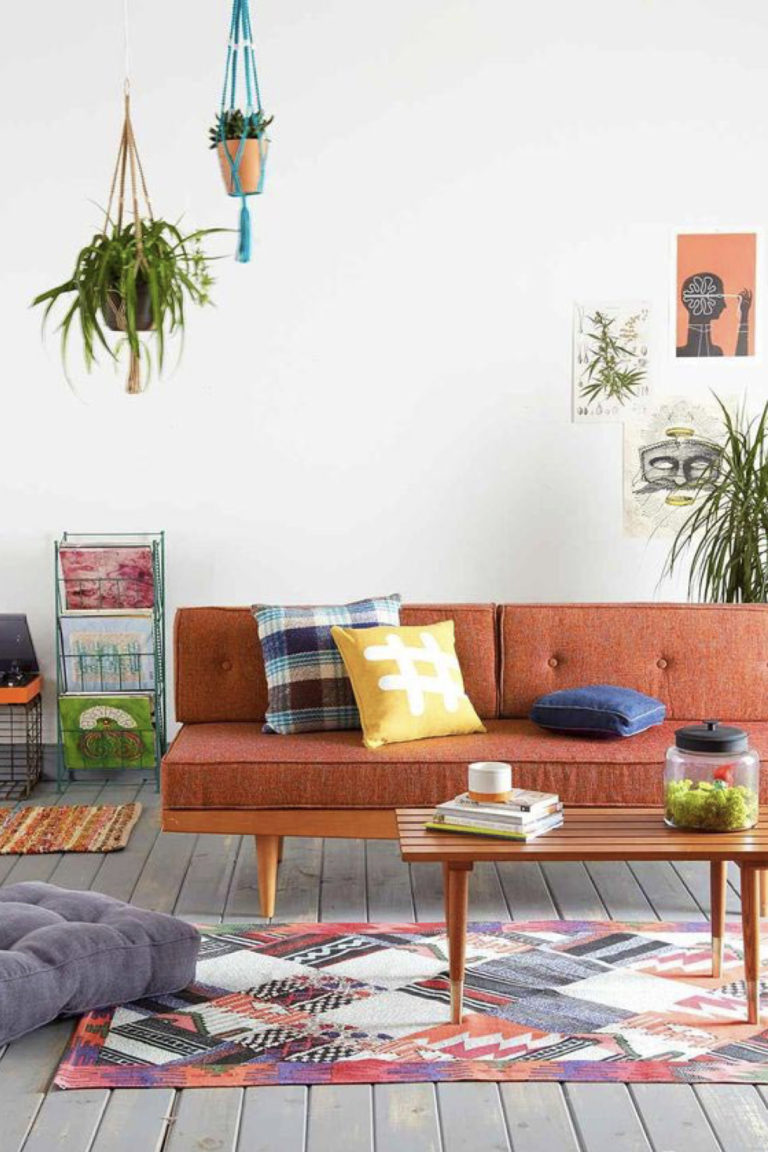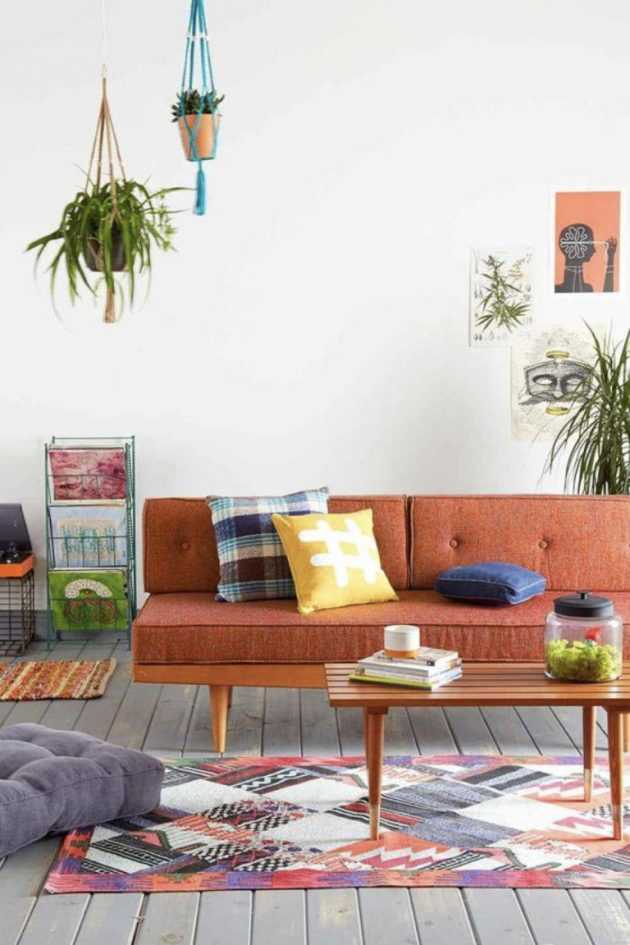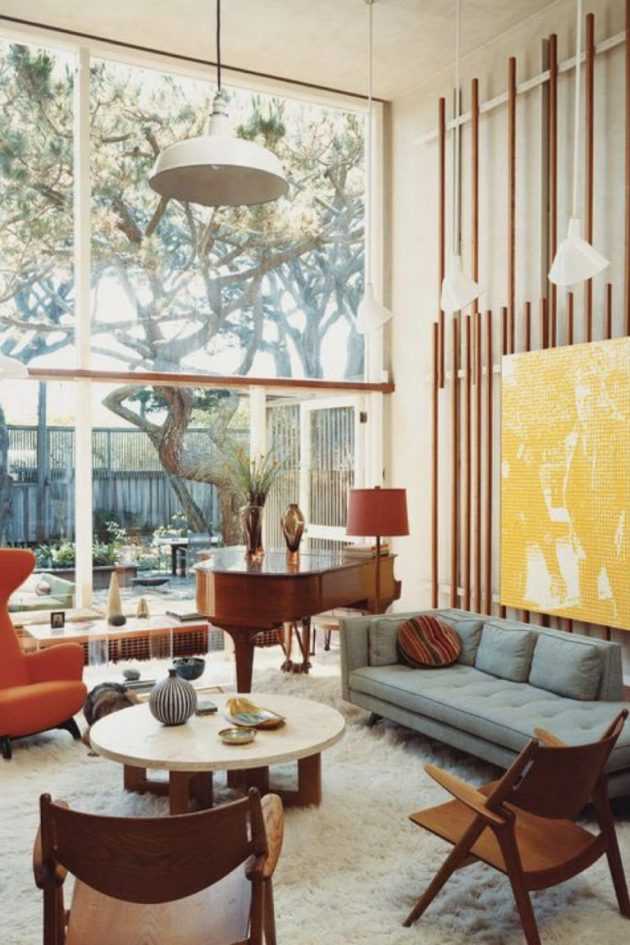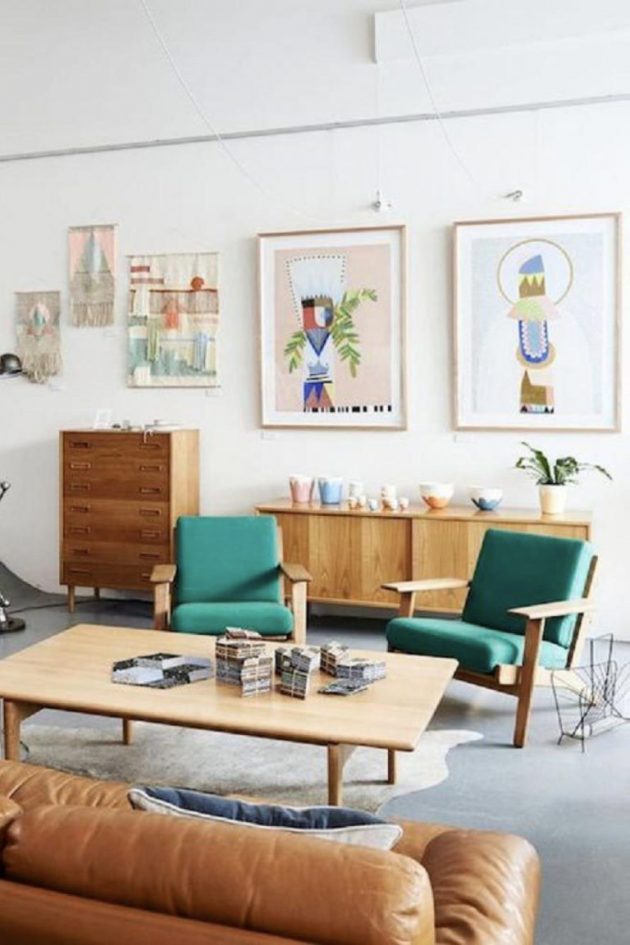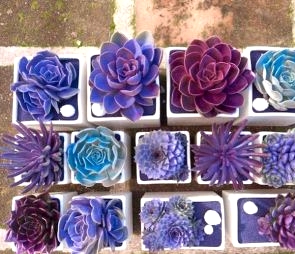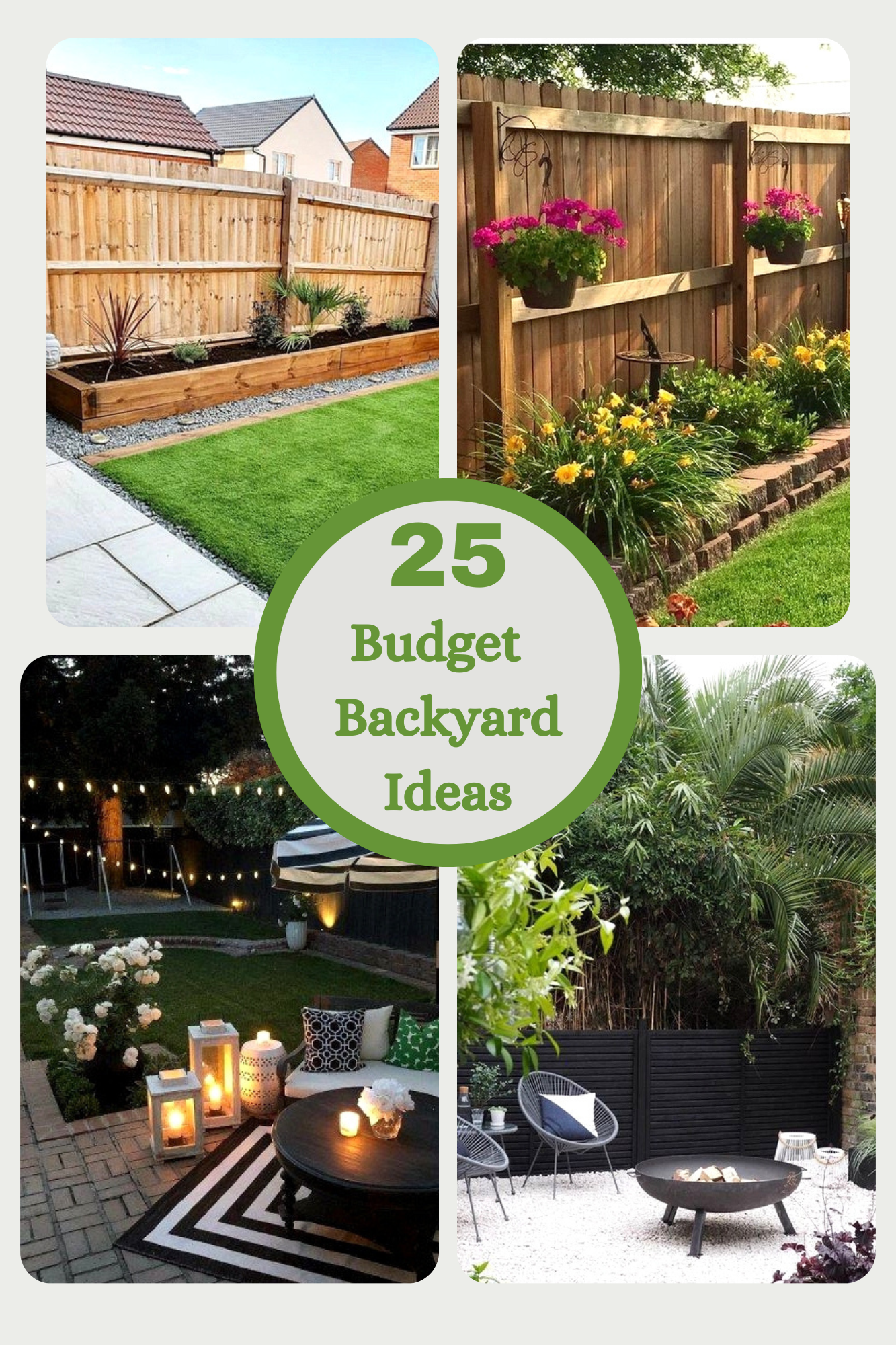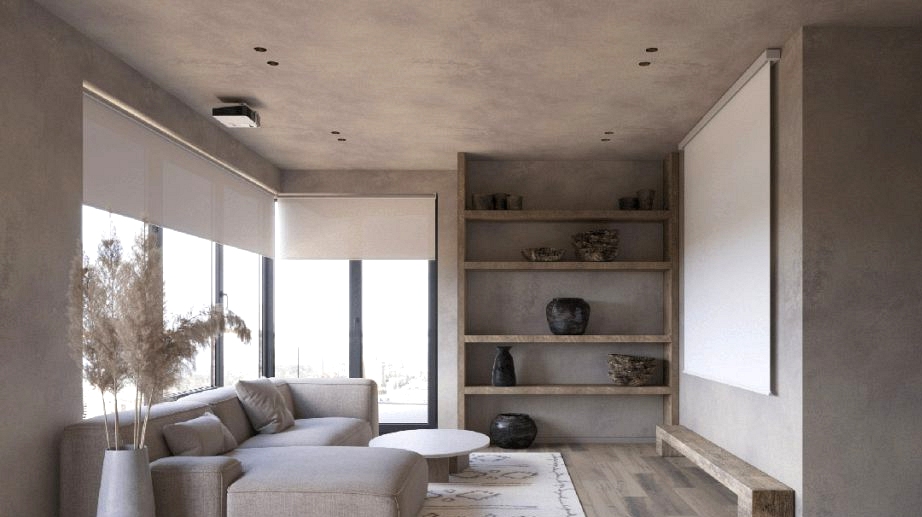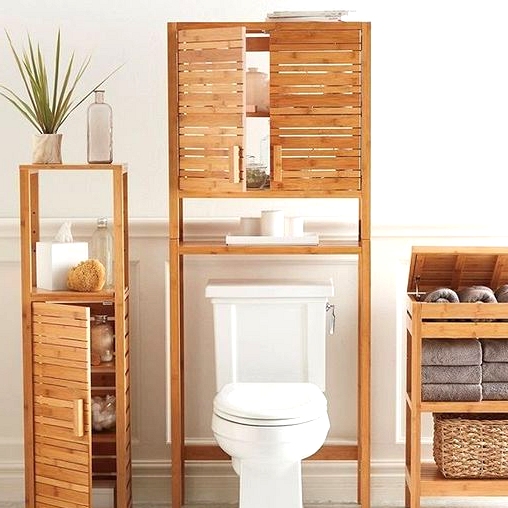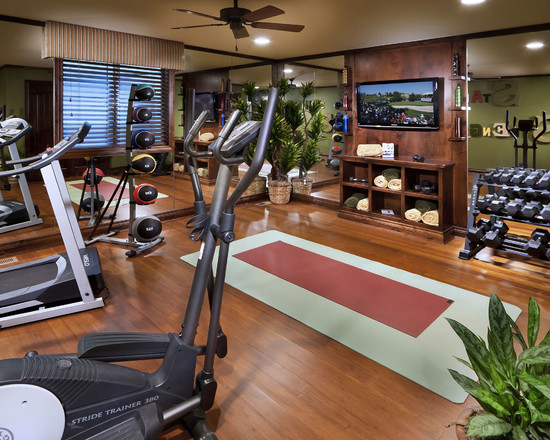We frequently speak about mid-century furnishings, however this period is not only a query of furnishings. It’s a interval that stands out for its innovation, particularly with regards to structure. It is usually a colourful motion. The interval pictures, in black and white, don’t pay homage to them. But they had been an integral a part of the designers’ method. These are shiny, flamboyant colours that much more than 70 years later will convey good humor to your inside. So, how do you employ mid-century colours in your decor?
MID-CENTURY RED AND ORANGE
These are widespread colours. They’re excellent for highlighting element as an entire and for catching the attention.
Query nuance, we’ve got full of life: shiny orange, shiny pink. These are colours that may be discovered till the tip of the mid-century “pattern” within the 70s. We may even discover shades just a little softer and just a little deeper, just a little bit darker. Much less flash, simpler to stay with.
At the moment, orange may also create distinction. We affiliate it with a light-weight blue and we receive a sizzling/chilly distinction which is able to give your inside a decidedly retro aspect! This distinction can be characterised by the proportion of the colours. A big quantity of chilly shade for a number of pinches of heat shade. We steadiness every thing with white and wooden.
MID-CENTURY YELLOW
One other shade that we discover within the 50s is yellow. Photo voltaic shade par excellence. She places a contact of excellent humor in an inside that with out her can be too austere. No have to do tons of it, whether or not within the Nineteen Fifties or at this time. It is a perfect shade to attract the attention to a selected level within the room.
MID-CENTURY GREEN
Inexperienced is an attractive shade and we just like the mid-century interval as a result of the shades of inexperienced are wonderful. They don’t seem to be essentially discovered on each road nook they usually take us again a long time previously.
Mid-century inexperienced appears straightforward to combine into your inside, even in our time. Inexperienced is synonymous with nature and it’s a theme that’s timeless. The mixture of inexperienced + wooden + white is straightforward and pure. She’s not going to be stunning. She’s not going to be wonderful. This ease of dwelling leaves extra room for originality elsewhere. Take the instance of an armchair with shapes which can be out of the extraordinary. If this armchair is pink, we are going to solely see him within the room however we are going to see the colour above all, earlier than its form and design. If we selected the identical chair in inexperienced this time. The colour will problem us however it will likely be forgotten to take full benefit of the form of the armchair and its particulars.
MID-CENTURY BLUE
Usually, blue is a extremely popular shade. Whatever the shade, this shade tends to be unanimous. It’s usually synonymous with freshness and softness. This shade can be maybe simpler to make use of than others. Simpler or we’re extra used to it … we don’t know.
What about mid-century blue? Like the opposite colours, it may be used both in small touches or on a whole wall. The query of easy-going shade arises exactly with regards to massive volumes of shade. In mid-century settings, blue, even whether it is related to white, doesn’t give a seaside impact. It’s extra astonishing. We won’t essentially anticipate finding blue to reinforce an inside primarily composed of white and wooden.
There isn’t a singular shade of blue to provide your inside a Nineteen Fifties look. However even when there isn’t a single reference, there are nonetheless some markers you could spot that can show you how to make up your thoughts. We are able to begin with pastel in a small contact. The chance with pastel is to fall into an inside that can make you suppose an excessive amount of of Scandinavian decors, not from the 50s however these from a number of years in the past. Along with the pastel, we are able to begin with a sharper and extra dynamic blue: an indigo blue, and oil blue, probably a duck blue.

